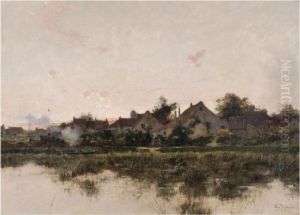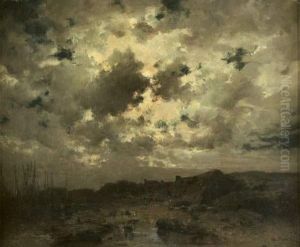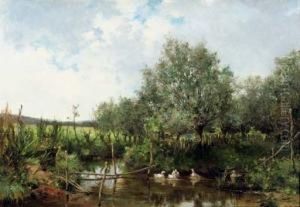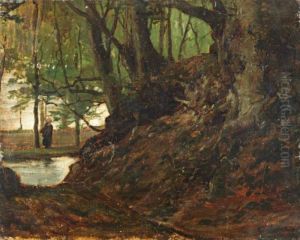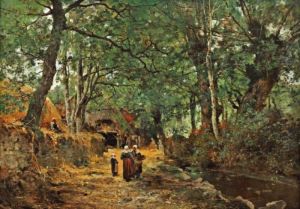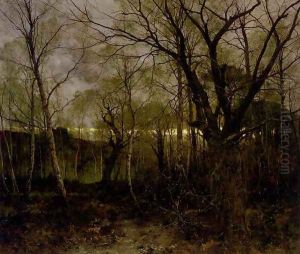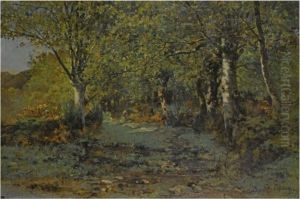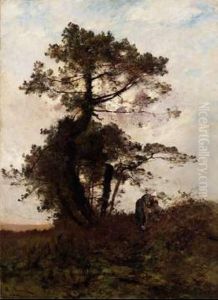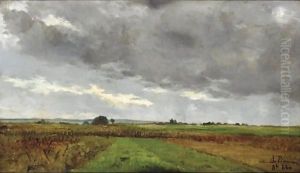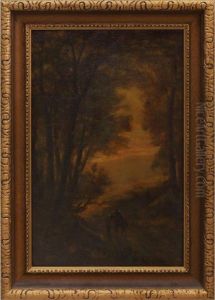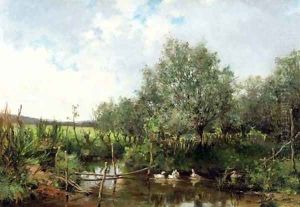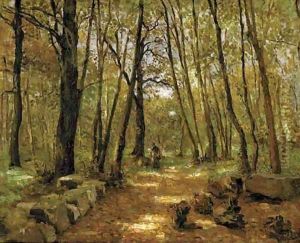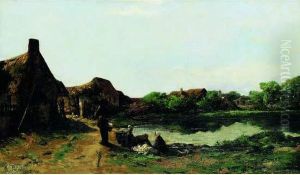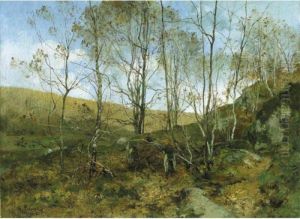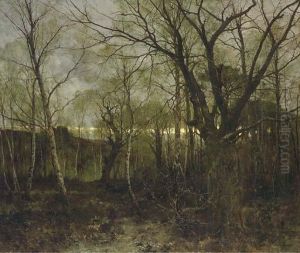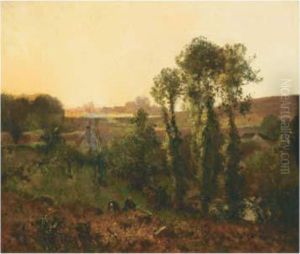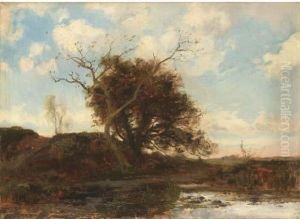Leon Germain Pelouse Paintings
Leon Germain Pelouse was a French landscape painter born on October 1, 1838, in Pierrelaye, France. He is recognized for his naturalistic depiction of rural France, particularly the countryside around Barbizon and the Fontainebleau forest, regions famed for their influence on the Barbizon school of painters.
Pelouse showed an early interest in art and was initially self-taught. He made his living in various occupations before committing himself fully to painting. His work was first exhibited in the Paris Salon in 1866, and he quickly gained recognition for his talents.
The artist's style was characterized by a meticulous attention to detail and a keen observation of the natural world. Pelouse was particularly adept at capturing the effects of light and atmosphere in his landscapes, a skill that earned him significant acclaim.
Throughout his career, Pelouse received numerous awards, including a third-class medal at the Paris Salon in 1873, a second-class medal in 1878, and a gold medal at the 1889 Universal Exposition in Paris. He was also made a Chevalier of the Legion of Honor in 1878, one of France's highest honors.
Leon Germain Pelouse was a respected teacher as well as a successful artist. He was an influential figure to many young painters, and his legacy includes the establishment of a scholarship to support artists from his home department of Val-d'Oise.
Pelouse's health declined in the later years of his life, and he died on July 31, 1891, in Paris. His works continue to be appreciated for their beauty and precision, and they can be found in museums and collections around the world, serving as a testament to his enduring contribution to French landscape painting.

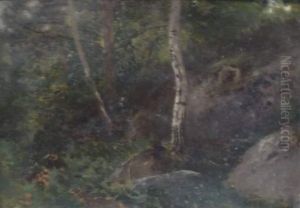
![[vue De Ferme]](https://www.niceartgallery.com/imgs/1533193/s/leon-germain-pelouse-vue-de-ferme-dcb75592.jpg)






